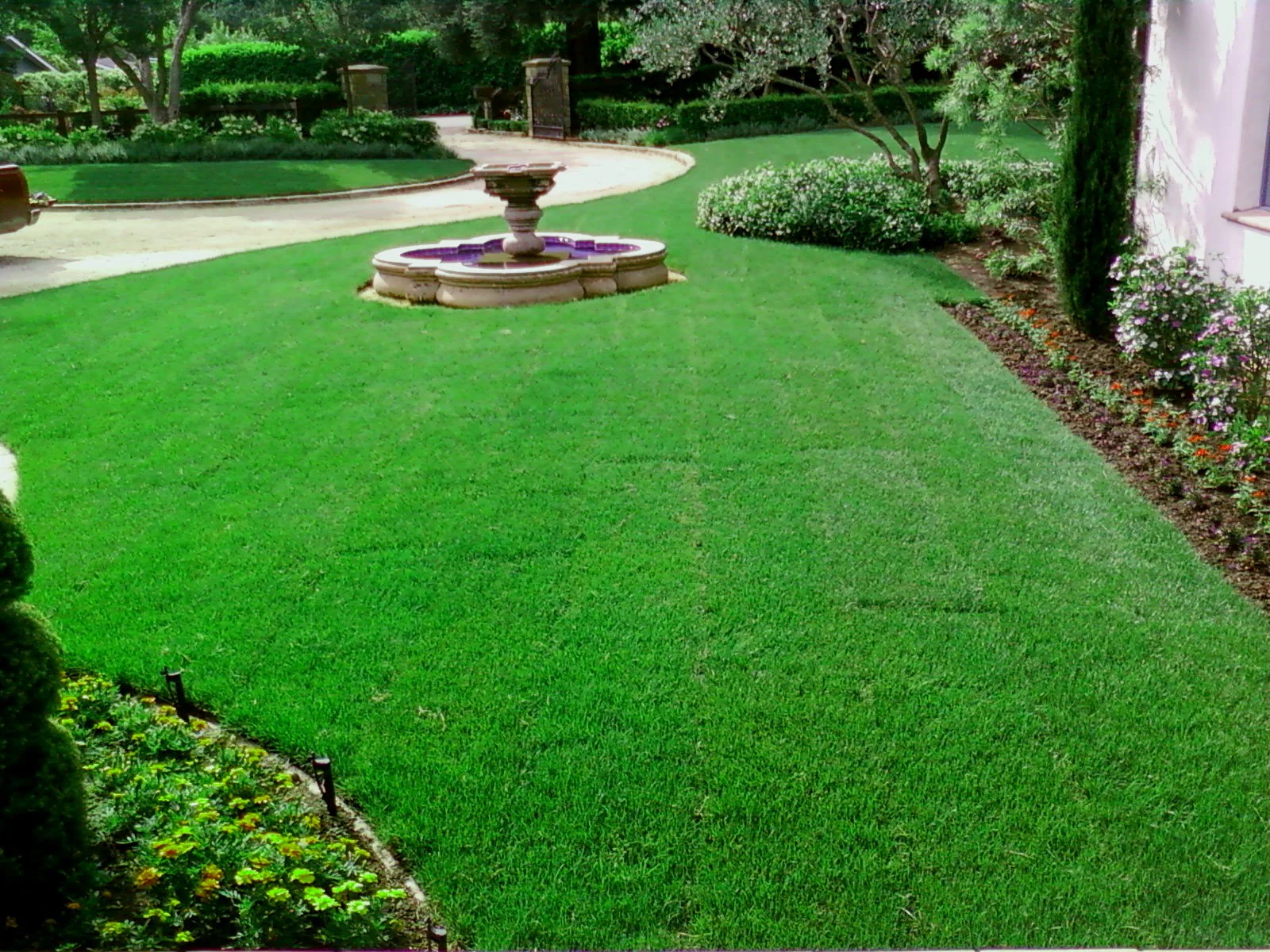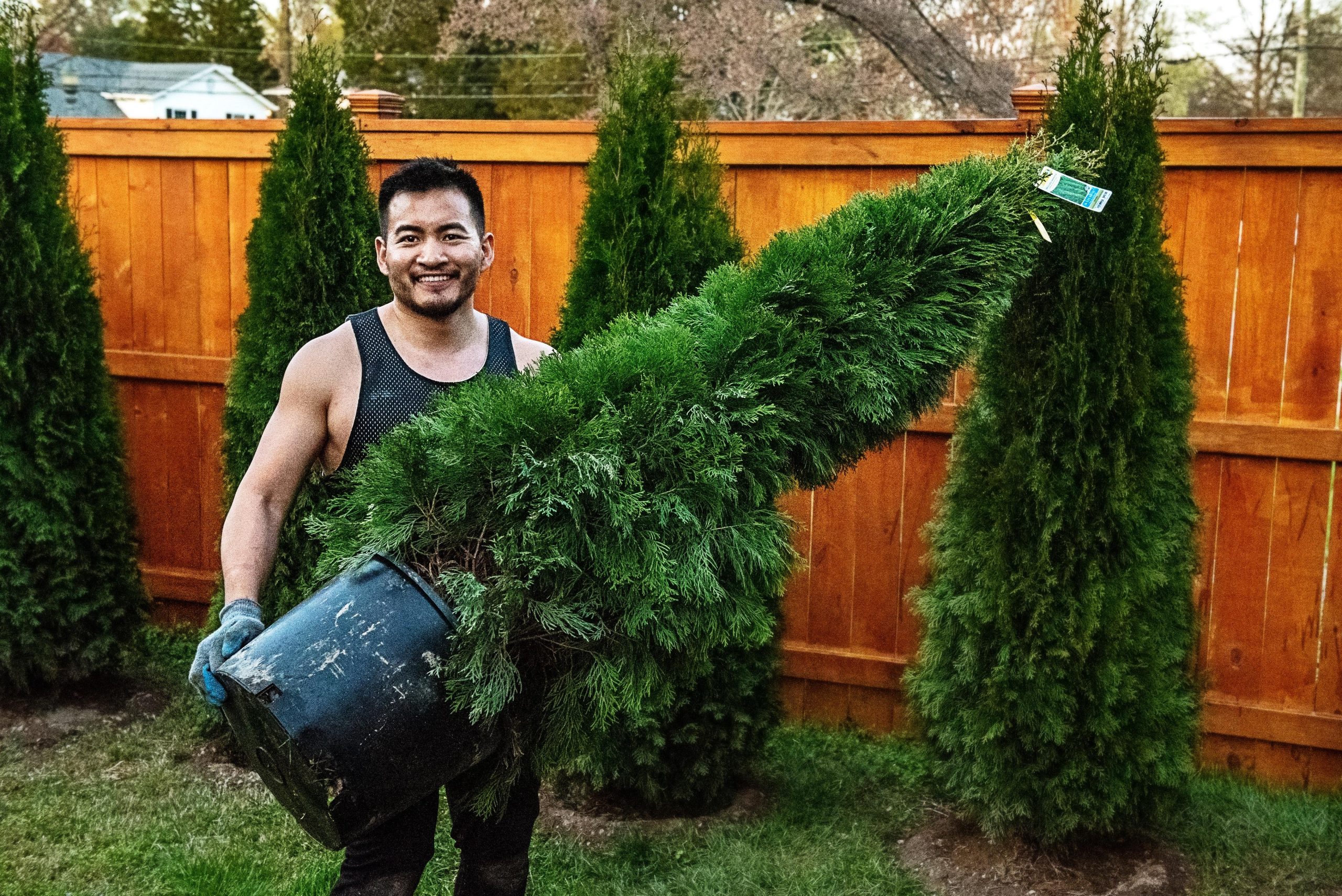What is Fescue Grass?
Fescue is a cool-season grass, popular in many regions of the world for its adaptability and durability. There are several species of fescue, but the most common types for lawns include tall fescue, fine fescue, and creeping red fescue. It grows well in cooler climates and remains green throughout much of the year, especially in the fall and spring.
Key Types of Fescue Grass
- Tall Fescue: Known for its deep roots, tall fescue is drought-resistant and can tolerate a wide range of soil conditions.
- Fine Fescue: A smaller, softer variant that thrives in shade and low-maintenance environments. It’s great for areas that don’t get a lot of direct sunlight.
- Creeping Red Fescue: This type is excellent for establishing itself on slopes or uneven terrain due to its creeping nature and ability to spread.
Why Choose Fescue Grass?
1. Drought Tolerance
One of fescue’s biggest advantages is its ability to withstand drought. Unlike other cool-season grasses, tall fescue has deep roots that help it access water from below the surface, making it more resistant to dry conditions.
2. Shade Tolerance
Many grass varieties struggle to grow in shaded areas, but fescue thrives in partial shade. Fine fescue, in particular, is ideal for lawns that have trees or buildings casting shadows.
3. Low Maintenance
If you’re someone who doesn’t have time for constant lawn care, fescue grass is a fantastic option. It doesn’t require frequent mowing or fertilizing and can still maintain its rich, green appearance.
4. Cold Climate Champion
Fescue grass is perfect for cooler regions. It continues growing even when temperatures drop in the fall and winter, providing a green lawn during times when warm-season grasses go dormant.
How to Plant and Grow Fescue Grass
Getting a healthy fescue lawn starts with proper planting. Here’s a step-by-step guide to ensure your grass thrives.
1. Choose the Right Time to Plant
For the best results, plant fescue in early fall or spring. These seasons provide the mild temperatures fescue needs to germinate and establish itself before the heat of summer or the cold of winter sets in.
2. Prepare the Soil
Fescue prefers well-drained soil with a pH between 5.5 and 7. You can test your soil’s pH with a home kit and adjust accordingly using lime or sulfur. Loosen the soil to a depth of 2-3 inches before spreading the seeds.
3. Sow the Seeds
For a thick, even lawn, spread the seeds using a broadcast spreader. You’ll want about 5-8 pounds of seed per 1,000 square feet of lawn. Be sure to water the area immediately after sowing to help the seeds settle into the soil.
4. Water Regularly
Fescue needs consistent moisture during its early growth stages. Water the lawn lightly every day until the grass starts to sprout, then reduce the frequency to once or twice a week, depending on the weather conditions.
5. Mow and Maintain
Once your fescue grass reaches about 3-4 inches in height, it’s time to mow. Keep your mower blade sharp and avoid cutting the grass too short; fescue does best when kept around 2.5-3.5 inches tall.
Common Issues with Fescue Grass
1. Heat Stress
While fescue is fairly drought-tolerant, it can struggle in high heat, especially in warmer climates. During the hot summer months, the grass may turn brown and go dormant, but it will usually recover when cooler weather returns.
2. Thatch Buildup
Over time, fescue can develop a thick layer of thatch (dead grass material) that prevents water and nutrients from reaching the soil. Aerate your lawn annually to avoid this issue and ensure that the roots stay healthy.
3. Weed Invasion
Since fescue is a cool-season grass, it can be overtaken by warm-season weeds like crabgrass and dandelions. Apply a pre-emergent herbicide in early spring to keep weeds at bay.
Caring for Fescue Grass: Year-Round Maintenance Tips
Spring
- Fertilize in early spring to give your lawn the nutrients it needs for a strong start to the growing season.
- Begin mowing regularly, but be careful not to cut the grass too short.
Summer
- Reduce mowing frequency and raise the mowing height to prevent heat stress.
- Water deeply but less frequently, especially during dry spells.
Fall
- Fall is a great time to aerate and overseed your lawn to repair any damage done by summer heat.
- Apply a fertilizer with a higher nitrogen content to promote root growth.
Winter
- Fescue doesn’t need much care in the winter, but it’s a good time to sharpen your mower blades and plan for spring lawn care.
Conclusion
Fescue grass is an excellent choice for homeowners seeking a hardy, low-maintenance lawn that stays green year-round in cooler climates. Whether you’re dealing with shady areas, drought conditions, or simply want a lawn that requires minimal upkeep, fescue has something to offer. With the right care and attention, a lush, beautiful fescue lawn is within your reach.
FAQs
- How often should I water fescue grass? Fescue grass should be watered deeply once or twice a week, depending on weather conditions. Newly planted fescue requires daily watering until established.
- Can fescue grass grow in the shade? Yes! Fescue is one of the best grasses for shaded areas, especially fine fescue and creeping red fescue.
- When should I fertilize my fescue lawn? Fertilize your fescue grass in the spring and fall when the grass is actively growing. Avoid fertilizing during the hot summer months.
- Does fescue grass need a lot of maintenance? No, fescue is relatively low-maintenance. It requires less mowing and fertilizing than other grass types but still thrives when given the right care.
- Can fescue grass survive the winter? Yes, fescue is a cool-season grass that remains green in the fall and winter, making it perfect for colder climates.










